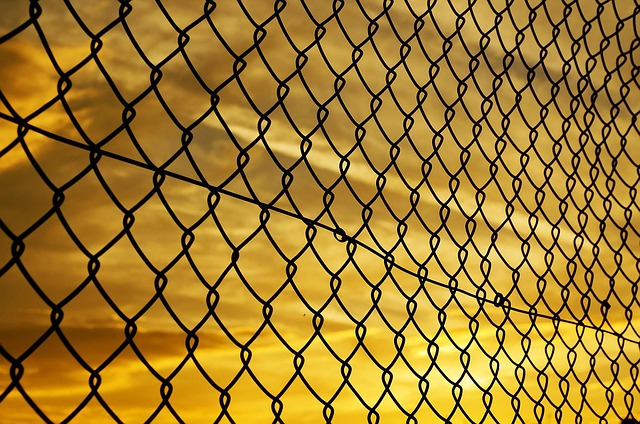New Bedford residents often turn to fence repair and installation to enhance property security, privacy, and aesthetics. Understanding local needs requires knowledge of the region’s climate, common pests, and varied landscapes. Choosing the right fence style and material is crucial for both functionality and visual appeal. This article guides you through understanding New Bedford’s unique requirements, selecting the perfect fence, installing it effectively, addressing common repair issues, and maintaining your new fence for longevity.
- Understanding New Bedford Fence Needs
- Choosing the Right Fence Style and Material
- The Installation Process Step-by-Step
- Common Repair Issues and Solutions
- Maintaining Your New Fence Longevity
Understanding New Bedford Fence Needs
Fences are an integral part of any property, serving both functional and aesthetic purposes. In New Bedford, understanding the unique needs of your fence is crucial to ensuring its longevity and effectiveness. The climate plays a significant role; harsh winters and frequent storms can take a toll on even the sturdiest fences. Therefore, regular maintenance and repairs are essential to protect your investment.
Identifying specific issues like rot, damaged posts, or broken panels is key. New Bedford’s fence repair services cater to these needs, offering solutions tailored to different materials, including wood, vinyl, and chain-link. Additionally, installation services ensure that new fences meet local regulations and are properly anchored for durability.
Choosing the Right Fence Style and Material
Choosing the right fence style and material is an essential step in ensuring your New Bedford property gets the protective barrier it deserves. Each type of fence—from wooden picket fences to sturdy metal chains—has its unique aesthetic appeal, functional purpose, and maintenance requirements.
Consider factors like security needs, privacy preferences, weather conditions, and budget when making this decision. For instance, a tall, robust metal fence offers maximum security but demands minimal upkeep, while a charming wooden picket fence provides a classic look but may require more regular painting or sealing to protect against the elements.
The Installation Process Step-by-Step
The first step in the installation process is to assess your property and determine the best fence design for your needs. This involves measuring the perimeter, considering local regulations, and selecting materials that align with your aesthetic preferences and budget. Once the planning is complete, the team will clear the site, marking out where each post will be placed. They’ll dig holes for the posts, ensuring the soil is properly prepared to support the fence’s weight.
Next, the posts are installed, typically made from durable materials like wood or metal. The posts are secured in place with concrete, allowing them to withstand various weather conditions. After the posts are firmly in the ground, the team attaches the rails and panels, creating the framework of your new fence. This step requires precision to ensure the fence is straight and secure. Finally, the finishing touches are added, including gates, hardware, and any desired decorative elements, completing the installation process.
Common Repair Issues and Solutions
Fences take a beating from weather, wildlife, and everyday wear and tear. In New Bedford, common repair issues include rot or damage to posts due to moisture, loose or missing pickets, and rusted or broken hardware. To address post rot, replace damaged sections with treated wood or steel posts. Regular cleaning and sealing can prevent future rot. For loose pickets, check the fence periodically and tighten connections using appropriate fasteners. Applying a fresh coat of paint or sealant can also help secure pickets in place. Rusted hardware is a common problem, easily solved by replacing old hardware with new, weather-resistant options. Additionally, check for any signs of animal damage, such as gnawing or burrowing, and repair or replace affected sections accordingly.
Maintaining Your New Fence Longevity
A newly installed fence is an exciting addition to any property, offering both aesthetic appeal and practical benefits. However, to ensure its longevity and maintain the investment you’ve made, regular care and maintenance are essential. One of the key aspects of fence maintenance is cleaning. Over time, dirt, debris, and even mold can accumulate on the fence’s surface, leading to a loss of aesthetics and potential structural damage. Regularly washing your fence with mild soap and water will keep it looking new and prevent any long-term issues.
Additionally, inspecting your fence for any signs of wear and tear is crucial. Check for loose or damaged boards, rotten posts, and any signs of insect infestation. Addressing these issues promptly will help prevent further damage and ensure the stability of your fence. Consider a yearly deep clean and inspection to maintain the fence’s optimal condition and extend its lifespan.
